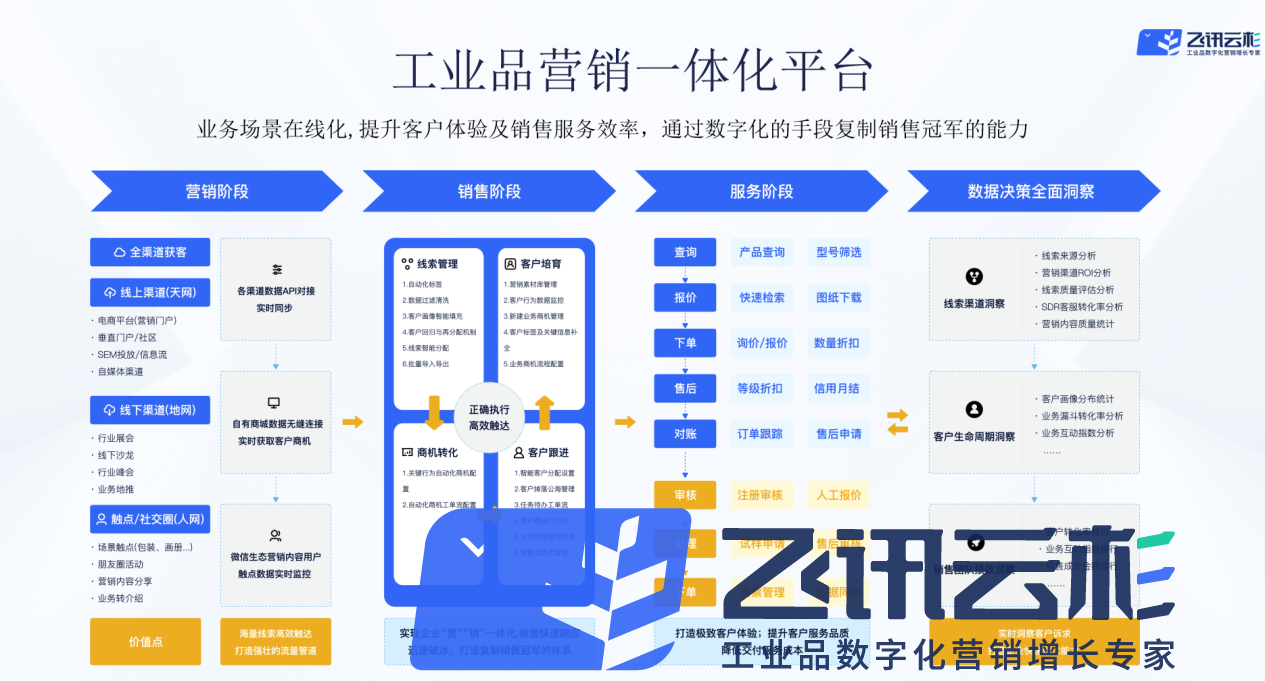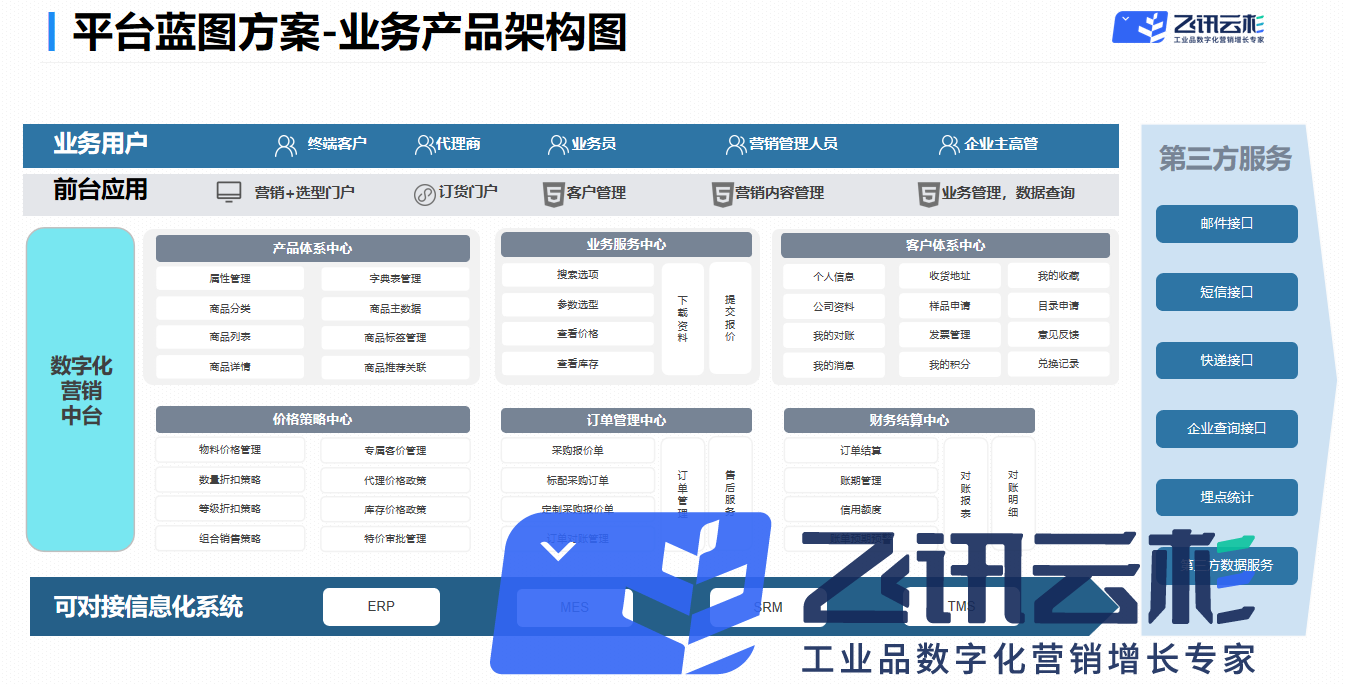电子组件产业运营平台系统搭建

Title: Building an Operational Platform System for the Electronic Components Industry
Introduction:
The electronic components industry plays a crucial role in powering the modern world. From smartphones and laptops to medical devices and aerospace systems, electronic components are the building blocks that enable technological advancements. To streamline operations within this industry, it is imperative to establish a robust and efficient operational platform system. In this article, we will explore the key aspects and benefits of such a system and discuss the steps involved in its construction.
1. The Need for an Operational Platform System:
The electronic components industry operates on a global scale, involving numerous manufacturers, suppliers, distributors, and end-users. Coordinating activities among these diverse entities can be complex and time-consuming. Therefore, an operational platform system becomes essential to facilitate seamless communication, collaboration, and data management. It provides a centralized hub that allows stakeholders to interact efficiently and effectively, leading to improved productivity and customer satisfaction.
2. Key Features and Benefits:
a) Supply Chain Management: An operational platform system enables seamless integration of supply chain activities, including procurement, inventory management, and logistics. It helps create transparency and visibility throughout the supply chain, enhancing efficiency, reducing costs, and minimizing delays.
b) Data Analytics: With vast amounts of data generated within the electronic components industry, leveraging advanced analytics becomes crucial for informed decision-making. An operational platform system can collect, analyze, and present data in real-time, enabling stakeholders to gain valuable insights, anticipate market trends, optimize operations, and drive innovation.
c) Relationship Management: The electronic components industry relies heavily on strong relationships between manufacturers, suppliers, and customers. An operational platform system fosters effective relationship management by providing tools for streamlined communication, order tracking, and feedback management. It strengthens collaboration, builds trust, and enhances customer satisfaction.
d) Quality Control: Ensuring the quality of electronic components is of utmost importance to uphold industry standards and meet customer expectations. The operational platform system can incorporate quality control mechanisms, such as real-time monitoring, statistical process control, and feedback loops. This enables proactive identification and resolution of quality issues, reducing waste and enhancing product reliability.
3. Steps to Building an Operational Platform System:
a) Needs Assessment: Conduct a thorough analysis of the industry's requirements, including supply chain complexities, data management challenges, and existing communication gaps. Identify pain points and determine the desired outcomes from the operational platform system.
b) Technology Selection: Choose a suitable technology stack that aligns with the industry's needs. Consider factors such as scalability, security, integration capabilities, and user-friendliness. Collaborate with IT experts to design an architecture that caters to the needs of all stakeholders.
c) Development and Deployment: Work closely with software developers and engineers to build and deploy the operational platform system. Prioritize critical features, ensure seamless integration with existing systems, and conduct rigorous testing to guarantee reliability and performance.
d) Training and Adoption: Provide comprehensive training programs to all stakeholders involved in the operational platform system, including manufacturers, suppliers, distributors, and customers. Encourage active participation, address concerns, and demonstrate the system's benefits to ensure smooth adoption.
e) Continuous Improvement: The operational platform system should be regularly updated and improved based on user feedback, industry trends, and technological advancements. Foster a culture of continuous improvement and innovation to maximize the system's effectiveness and stay ahead of the competition.
Conclusion:
A well-designed and implemented operational platform system can revolutionize the electronic components industry. By streamlining processes, enhancing collaboration, and leveraging data analytics, it empowers stakeholders to navigate the dynamic market landscape more effectively. As technology continues to evolve, investing in such a system becomes crucial for businesses to thrive and remain competitive in the rapidly evolving electronic components industry.
飞讯云杉是一家提供全链数字化营销解决方案的企业,聚焦产业互联网平台孵化服务,为工业制造企业搭建数字化营销-数字化供应链-业务智能决策全链数字化营销业务体系,实现工业品营销模式的创新,通过数字化赋能销售快速复制,让每一个工业品制造企业都拥有全链数字化营销业务体系。



























请先 登录后发表评论 ~